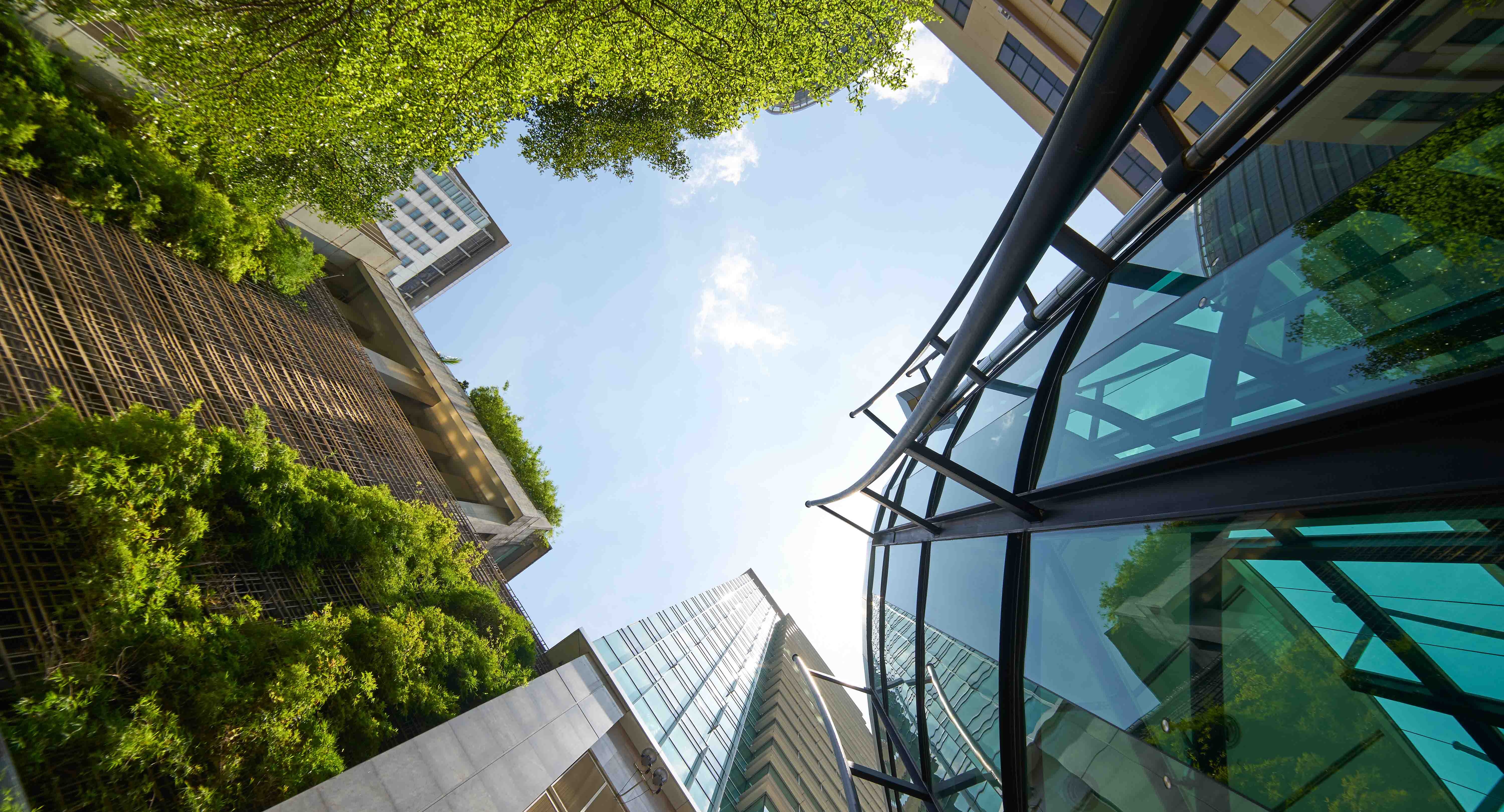Fire Retardant Fibre Reinforced Polymer with Aerogel Jacket for Green Buildings
KEY INFORMATION
Environment, Clean Air & Water - Biological & Chemical Treatment
TECHNOLOGY OVERVIEW
The regulations aimed at reducing carbon emissions have led to the adoption of a remodelling strategy that focuses on decreasing the energy usage of buildings. This can be achieved through measures such as thermal insulation and retrofitting, which extend the lifespan of buildings while reducing their energy consumption.
The proposed technology by a Singapore-based research team utilises proprietary Fibre Reinforced Polymer (FRP) material for reinforcement to enhance the longevity of buildings. It contains a modified epoxy adhesive used in the FRP-adhesive-concrete interfaces to provide a range of advantageous properties, that include being 5 times lighter while 10 times higher tensile and flexural strength than steel, cost-effective in production, easily shaped, demonstrating high corrosion resistance, and offering both flexibility and tolerance to misalignment. In addition, through the modification of bonding agents and surface aerogel insulation, the fire retardancy of the material had been enhanced by 3 classes to V-0 rating according to the UL 94 plastic flammability standard.
Among the superinsulation materials, aerogel stands out with its unique acoustic properties and significantly lower thermal conductivity of approximately 0.014 W/m.K. Additionally, it possesses exceptional physical and chemical attributes, such as its translucent structure. As a result, it is widely regarded as one of the most highly promising materials for thermal insulation in building applications.
The FRP technology is currently pending fire testing to meet local regulatory requirements (e.g., BS 476 Part 20-23) and will be subjected to evaluation by the Building Innovation Panel of BCA in coming months. The technology owner is keen to support interested industrial partners to fabricate larger prototype of the FRP for test-bedding on site, and eventually license the intellectual property to the industrial partner for commercialisation.
TECHNOLOGY FEATURES & SPECIFICATIONS
- Through the external strengthening of structural components, the fire retardant FRP improves structural properties, leading to reduced environmental concerns, lower construction material costs, decreased labour requirements, and reduced CO2 emissions into the atmosphere.
- Silica aerogels typically exhibit a longitudinal acoustic velocity on the order of 100 m/s, making them suitable for various applications in acoustic devices for noise insulation. Furthermore, aerogels boast the lowest refractive index and dielectric constant among all solid materials.
- FRP is regarded as superior to conventional steel due to its notable advantages, including exceptional corrosion resistance, high flexibility, and tolerance to misalignment. It is also lightweight, cost-effective to produce, easy to shape, and possesses high tensile and flexural strength. Furthermore, FRP exhibits elastic properties.
- By modifying the bonding agent used in FRP-adhesive-concrete interfaces, the strength from the FRP developed using the proposed technology can be enhanced by 12%, and its flammability can be improved from an unclassified level to achieving a V-0 rating under the standard UL-94.
POTENTIAL APPLICATIONS
Previously, aerogel found limited use in small-scale applications within the aerospace industry. However, there is now a growing trend of employing aerogel for larger building-integrated applications, aiming to reduce energy consumption. This has sparked renewed interest from both start-ups and established insulation manufacturers. The technology itself is relatively straightforward, making it an attractive choice for building owners and architects seeking a simple solution to lower energy costs. By incorporating aerogel insulation, buildings can enhance their energy performance and provide improved comfort and satisfaction for occupants. Remarkably, this technology can be applied to various types of buildings, including HDB flats, shop houses, commercial and industrial buildings, as well as both landed and non-landed housing units. Moreover, its versatility extends to both existing structures and new construction projects. Looking ahead, aerogel insulation is poised to play a significant role in the future of green building materials. Its applications extend beyond buildings and encompass areas such as architecture, vehicles, aircraft, spacecraft, and marine insulation.
Meanwhile, fire retardant fibre reinforced polymer (FRP) materials have emerged as a valuable solution for building retrofitting and structural strengthening applications, particularly in terms of fire safety. These materials combine the strength and flexibility of FRP with fire-resistant properties, making them an effective choice for enhancing the fire resistance of existing structures or strengthening them to withstand fire-related incidents. When applied to building retrofitting, fire retardant FRP materials can be used to upgrade the fire performance of structural elements such as columns, beams, slabs, and walls. This approach is particularly beneficial for structures that do not meet current fire safety codes or have aged fire protection systems.
Unique Value Proposition
The unique value proposition of aerogel insulation materials lies in their exceptional thermal performance, lightweight nature, versatility, moisture management capabilities, enhanced comfort, longevity, and environmental sustainability. These qualities make aerogel insulation materials an attractive choice for a wide range of building applications, offering significant energy savings and improved building performance.
The fire retardant FRP is able to enhance fire resistance, provide structural strengthening, resist corrosion, offer lightweight and space-efficient solutions, ensure flexibility and ease of installation, offer cost-effectiveness, and provide design versatility. These qualities make fire retardant FRP materials a compelling choice for improving the fire safety and structural integrity of buildings.


